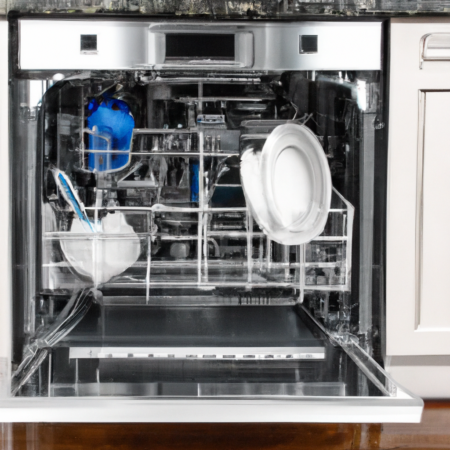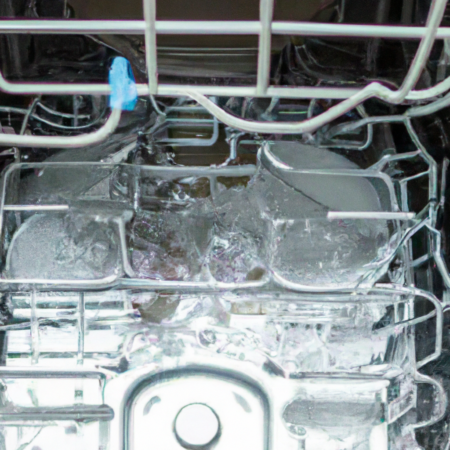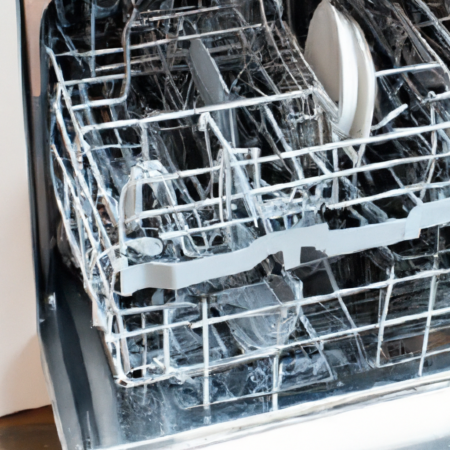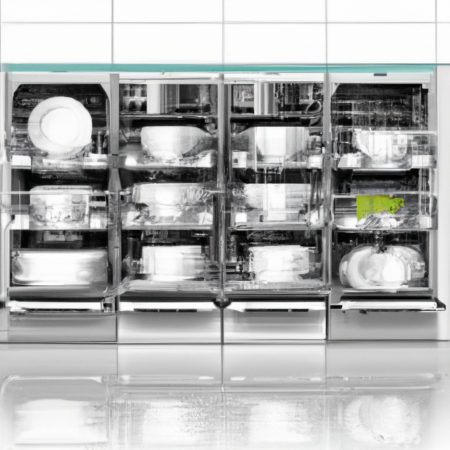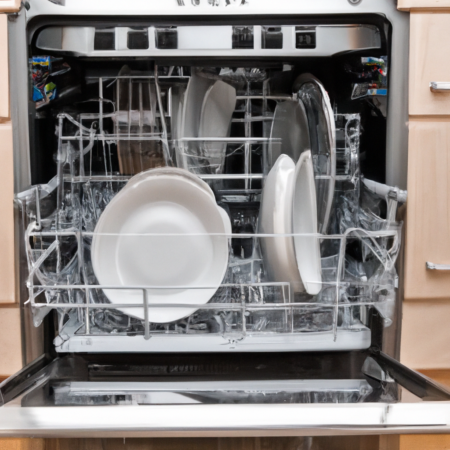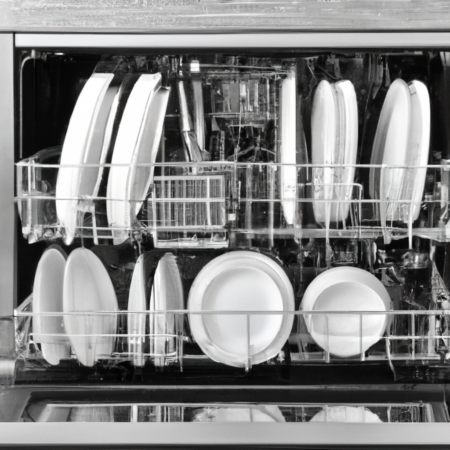Finding the perfect dishwasher that fits seamlessly into your kitchen can be a daunting task. With the wide variety of sizes, shapes, and models available, it’s crucial to understand if all dishwashers fit the same. From compact to standard sizes, the world of dishwashers caters to different kitchen layouts and needs. In this article, we will explore the compatibility of various dishwashers and provide valuable insights to help you make an informed decision when purchasing this essential appliance. So, buckle up and get ready to discover the fascinating world of dishwasher fittings!
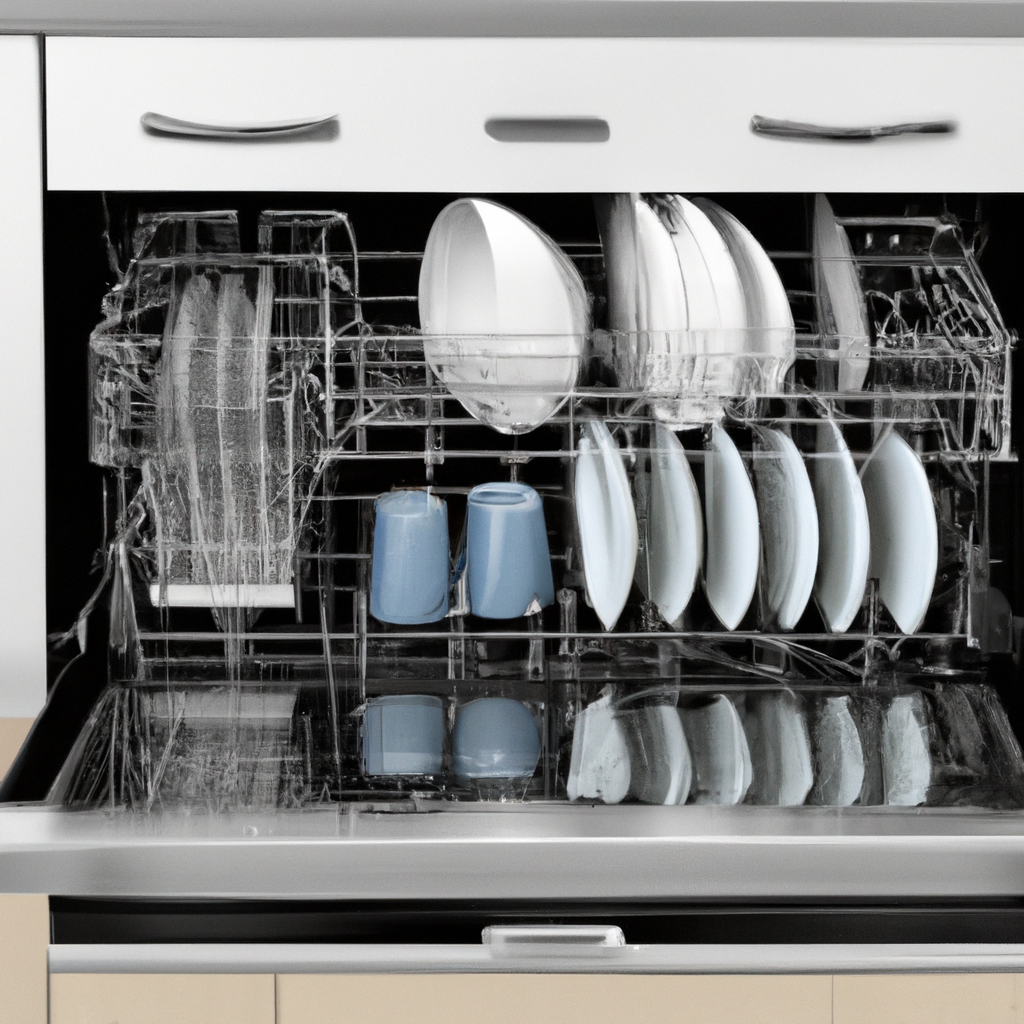
Understanding Dishwasher Sizes
When it comes to shopping for a new dishwasher, one of the most important factors to consider is the size. Dishwashers come in a variety of sizes to accommodate different needs and kitchen spaces. Understanding the various sizes available will help you make an informed decision and ensure that you choose the right dishwasher for your home. In this article, we will explore the standard, compact, and large or commercial dishwasher sizes, as well as specialty and custom options.
The Standard Dishwasher Size
The standard built-in dishwasher size is designed to fit in most kitchens and is typically 24 inches wide. This size is perfect for families or households that go through a lot of dishes on a regular basis. Standard dishwashers typically have a capacity of 12 to 16 place settings, providing ample space to clean dishes, bowls, glasses, and utensils.
Compact Dishwasher Sizes
If you have a smaller kitchen or live in an apartment or condo, a compact dishwasher might be the perfect solution for you. Compact dishwashers are smaller in size and usually measure around 18 inches wide. Despite their smaller size, these dishwashers can still hold up to 8 place settings, making them suitable for individuals or smaller families. Compact dishwashers are a convenient option for those who want the benefits of a dishwasher without sacrificing too much floor or cabinet space.
Large or Commercial Dishwasher Sizes
For those with larger kitchens or commercial settings such as restaurants or catering businesses, large or commercial-sized dishwashers are available. These machines are designed to handle a high volume of dishes and have extra-large capacities. Commercial dishwashers often measure 30 inches wide and have a significant amount of interior space, allowing for efficient cleaning of large quantities of dishes in one cycle.
Measurement and Installation of Standard Dishwashers
Before purchasing a standard built-in dishwasher, it is crucial to measure your kitchen space accurately. Standard dishwashers are typically 24 inches wide, but they also require some additional clearance on the sides and top for proper installation. You will need to measure the width, height, and depth of the space where the dishwasher will be installed. It is also essential to consider the location of the water and electrical connections to ensure they align with the dishwasher’s requirements.
Considerations for Standard Dishwasher Sizes
When choosing a standard built-in dishwasher, there are a few factors you should consider. Firstly, the capacity of the dishwasher should match your household’s needs. If you regularly host dinner parties or have a large family, opting for a dishwasher with a higher place setting capacity would be beneficial. Additionally, consider the layout and design of your kitchen. If you have ample cabinet space, a standard-size dishwasher would fit seamlessly. However, if space is tight, you may need to explore compact or portable dishwasher options.
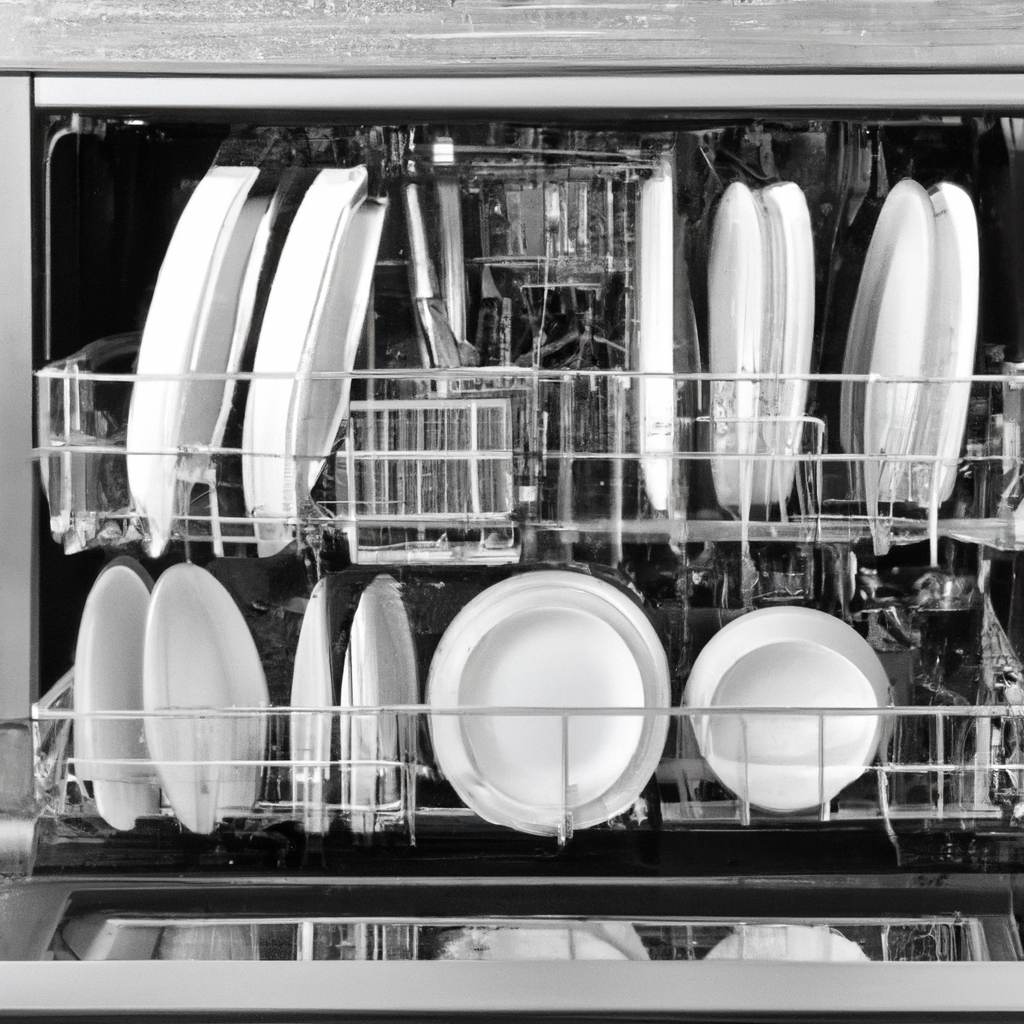
Measurement and Installation of Compact Dishwashers
For those opting for a compact dishwasher, accurate measurement and installation are equally important. Compact dishwashers are usually 18 inches wide, but they also require clearance for proper installation. Measure the width, height, and depth of the space where the dishwasher will be placed. Additionally, consider the location of the utility connections to ensure they align with the dishwasher’s requirements.
Considerations for Compact Dishwasher Sizes
Choosing a compact dishwasher requires careful consideration of your specific needs. If you live alone or with a small family, a compact dishwasher will likely provide enough space for your daily dishwashing needs. However, if you often host large gatherings or have a larger family, a standard-size dishwasher might be more suitable. It’s crucial to assess your kitchen space and figure out if a compact dishwasher will fit seamlessly within your design.
Specialty and Custom Dishwashers
In addition to standard and compact dishwashers, there are also specialty and custom options available for those looking for a unique solution that fits their specific needs. These options include integrated dishwashers, slimline dishwashers, and DishDrawers.
Integrated Dishwashers
Integrated dishwashers are designed to blend seamlessly with your kitchen cabinetry. These dishwashers are installed behind a cabinet door, hiding them from view when not in use. The front of the dishwasher is custom-fitted with a cabinet panel that matches the surrounding cabinetry, creating a cohesive and streamlined look in your kitchen. Integrated dishwashers come in various sizes, including standard and compact options, allowing you to choose the size that best suits your space.
Slimline Dishwashers
Slimline dishwashers are a great option for kitchens with limited space. As the name suggests, these dishwashers are slimmer than standard or compact models, often measuring around 18 inches wide. Despite their smaller size, slimline dishwashers can still accommodate a significant number of place settings. If you have a narrow gap in your kitchen or a small apartment, a slimline dishwasher might be the perfect fit.
DishDrawers
DishDrawers are a unique type of dishwasher that offers flexibility and convenience. Instead of a single door that opens downward, DishDrawers feature two separate drawers, allowing you to wash smaller loads or run different cycles simultaneously. Each drawer operates independently, providing added convenience and efficiency. DishDrawers come in various sizes, making them suitable for both standard and compact kitchen spaces.
Considerations for Dishwasher Installation
When it comes to installing a dishwasher, several factors need to be taken into account to ensure a successful and efficient installation. Considerations around kitchen layout and design, plumbing and electrical connections, as well as cabinet and counter space, are essential for a properly functioning dishwasher.
Kitchen Layout and Design
The layout and design of your kitchen will play a significant role in determining where and how the dishwasher can be installed. Consider the available space and ensure that you choose a dishwasher that fits seamlessly within your kitchen’s design. Take into account the location of other appliances, cabinetry, and countertops to ensure that the installation is efficient and doesn’t disrupt the overall flow of your kitchen.
Plumbing and Electrical Connections
Proper plumbing and electrical connections are crucial for the successful installation of a dishwasher. Ensure that the necessary plumbing connections, including water supply and drain, are readily available in the area where the dishwasher will be installed. Similarly, ensure that you have access to the necessary electrical connections, whether it be a nearby power outlet or a hardwired electrical connection. It is always recommended to consult a professional plumber and electrician to ensure that the installation adheres to safety standards and local regulations.
Cabinet and Counter Space
Before installing a dishwasher, consider the availability of cabinet and counter space. Ensure that there is enough clearance and that the dishwasher’s door can open fully without obstructing other cabinets or countertops. Additionally, make sure that there is enough adjacent counter space for unloading and loading the dishwasher comfortably.
Factors Influencing Dishwasher Sizes
Several factors influence the sizes of dishwashers available in the market. Brand-specific dimensions, country-specific regulations, and modern design influences and trends all contribute to the diverse range of dishwasher sizes.
Brand Specific Dimensions
Different dishwasher brands may slightly vary in their dimensions, even within the same size category. It is important to consider the dimensions provided by the manufacturer when selecting a dishwasher. This ensures that the appliance will fit properly within your kitchen space and meet your specific needs.
Country Specific Regulations
Different countries may have specific regulations and standards for dishwasher sizes. These regulations may determine the maximum dimensions or energy consumption allowed for dishwashers. It is crucial to be aware of these regulations to ensure compliance when purchasing a dishwasher.
Modern Design Influences and Trends
As with any appliance, dishwasher designs are influenced by current trends and modern design aesthetics. This can result in variations in sizes, finishes, and features offered by different manufacturers. When choosing a dishwasher, consider your personal preferences and the overall style of your kitchen to find a dishwasher that complements your space.
Replacing an Existing Dishwasher
If you are replacing an existing dishwasher, there are a few precautions and steps to take before removing the old appliance and installing a new one.
Precautions Before Removing Old Dishwashers
Before removing an old dishwasher, it is essential to disconnect the power supply and water connections. Turn off the power to the dishwasher at the circuit breaker and shut off the water supply valve. Additionally, remove any dishes or items from inside the dishwasher, and make sure the dishwasher is empty to prevent any accidents or spills during the removal process.
Measurements for New Dishwasher
To ensure a seamless replacement, measure the dimensions of the existing dishwasher before purchasing a new one. Measure the width, height, and depth, as well as any additional clearance required for proper installation. Use these measurements as a guideline when selecting a new dishwasher to ensure a perfect fit.
Comparing the Old and New Appliance Sizes
Comparing the old and new appliance sizes is crucial to ensure a smooth replacement process. By carefully comparing the measurements, you can identify any discrepancies and determine if any modifications need to be made to accommodate the new dishwasher. Whether you are upgrading to a larger dishwasher or switching to a different size category, taking accurate measurements and comparing them will help avoid any surprises during the installation.
Tips for Choosing the Right Dishwasher Size
Choosing the right dishwasher size is essential to ensure that it meets your needs and fits within your kitchen space. Consider the following tips when selecting a dishwasher size.
Understanding Your Kitchen Space
Take the time to assess your kitchen space and understand its limitations. Measure the available area where the dishwasher will be installed, taking into account any additional clearance required. Consider the layout and design of your kitchen, the available cabinet and counter space, as well as the location of utility connections. This will help you determine the ideal dishwasher size that fits seamlessly into your kitchen.
Anticipating Future Remodeling or Redesign
If you are planning on remodeling or redesigning your kitchen in the near future, it is essential to take that into account when choosing a dishwasher size. Consider your future needs and any potential changes to your kitchen layout. Opting for a flexible or adjustable dishwasher size might be a wise decision, allowing you to adapt to any changes down the road.
Matching with other Kitchen Appliances
If you have other kitchen appliances, such as refrigerators or stoves, consider the sizes and dimensions of those appliances when choosing a dishwasher. Aim for a cohesive and harmonious look in your kitchen by selecting appliances that complement each other in size and design.
Common Mistakes When Choosing Dishwasher Sizes
When selecting a dishwasher size, it is easy to make some common mistakes. Avoid these pitfalls to ensure that you choose the right dishwasher for your space and needs.
Not Properly Measuring Kitchen Space
One of the most common mistakes is failing to accurately measure the kitchen space where the dishwasher will be installed. It is essential to measure the width, height, and depth, as well as any additional clearance requirements. By doing so, you can avoid purchasing a dishwasher that doesn’t fit properly or requires costly modifications.
Overlooking Utility Connections
Forgetting to consider the location of water and electrical connections can lead to significant installation issues. Ensure that the dishwasher’s requirements align with the existing utility connections to prevent any last-minute surprises or additional expenses.
Choosing Wrong Dishwasher Types due to Space Constraints
In an attempt to fit a dishwasher into a tight space, some people end up purchasing the wrong type of dishwasher. It is crucial to consider both the size and the type of dishwasher that will work best for your needs. Choosing a compact dishwasher when a standard-size is required or vice versa can lead to inefficiencies and frustrations in the long run.
Conclusion: Do All Dishwashers Fit the Same?
In conclusion, dishwashers come in various sizes to accommodate different needs and kitchen spaces. Understanding the standard, compact, and large or commercial dishwasher sizes is essential when shopping for a new appliance. Consider your kitchen layout and design, plumbing and electrical connections, as well as cabinet and counter space when installing a dishwasher. Factors such as brand-specific dimensions, country-specific regulations, and modern design influences also play a role in the diverse range of dishwasher sizes available in the market.
When replacing an existing dishwasher, it is crucial to take precautions, measure the old and new appliance sizes accurately, and compare them before installation. Tips for choosing the right dishwasher size include understanding your kitchen space, anticipating future remodeling or redesign, and ensuring the dishwasher matches other kitchen appliances.
By avoiding common mistakes such as improper measurements, overlooking utility connections, and choosing the wrong dishwasher type, you can find the perfect dishwasher that fits seamlessly in your kitchen and meets your specific needs. Remember, proper measurements and installations are key to finding the right dishwasher for your needs.


